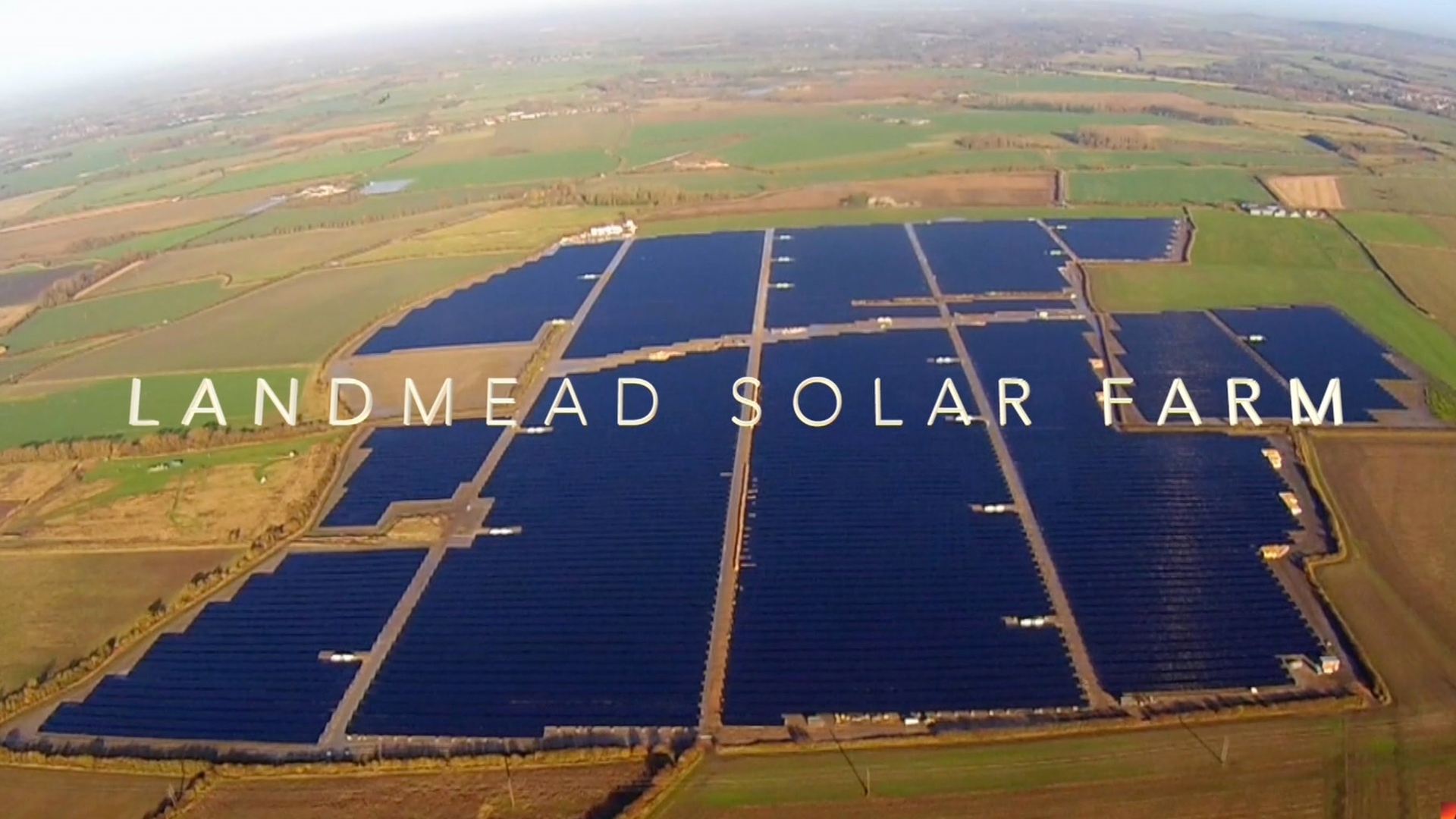Rises And Falls Of Solar Power Throughout The Last 15 Years

The solar sector in the UK has seen steady growth and in April, Ed Davey, Energy and Climate Change Minister, even praised the UK solar industry for becoming the sixth largest market for utility-scale solar in the world. However, it has been a slow road to success with much more advances still to be made. Andrew Knapp, Director, Ecolution, talks about what has changed in the last 15 years and what could aid further progress.

When we started looking into the renewable sector in 1999, we attended a building services show in Sandown Park; the only companies showcasing renewable energy services were BP, Shell and Cholwell Energy Systems. We were so willing to enter the market, we offered installations free of charge. Hilary White, the managing director of Cholwell, arranged for our first PV installation. We were grateful for the few eco-enthusiasts who then kept our business growing.
At the time we would have been installing 100W panels with a limited choice of only two inverter manufacturers. Since then there has been a huge increase in the amount of inverter choices and nowadays the standard module generates 250W. In 2009 we started seeing a shift from installing solar thermal. Initially there was a great outlay for PV but as it thankfully became more affordable, it is now the default technology, accounting for 99% of our projects today.
All solar panel manufacturers claim their products are the most efficient but the industry has not been established long enough to measure the whole life quality of the products. However, we do notice the quality of some products by the way they are framed and their physical durability. With regards to inverters, we normally use string inverters and then use micro systems for two or three panel projects under 1KW. We recently became the sole UK distributor of ELTEK's award winning THEIA HE-t solar inverter range which offers 97.3% efficiency with galvanic isolation.
Bespoke approach
When considering solar PV systems, many regular domestic installers and clients will think about aesthetics only, but a lot of our projects require compliance with Building Research Establishment Environmental Assessment Method (BREEAM) and Standard Appliance Procedure (SAP).
This means that once those calculations are completed, we choose the best system that adheres to both the calculations and budget. Therefore we need to have quite a bespoke approach to how we design our systems. Recently, for the Heart of England NHS Foundation Trust (HEFT), we suggested installing 250KWp on each of the hospitals, instead of over 250KWp - as originally designed. Installing over 250KWp on these projects could have reduced Feed-in-Tariff (FiT) levels by 35%.
Changing legislation
For the past 15 years, the renewable industry has evolved and grown tremendously in terms of technology, Government incentives, energy requirements and economic requirements. In 2002, the Merton Rule was introduced, allowing councils to introduce further renewable local targets for green energy on new builds above Building Standards. At the time, builders weren't aware of this so we used our initiative and visited building sites in the Croydon area to talk to them - as a result we became inundated with projects.
This was a step towards our hope of renewable energy becoming part of the Building Regulations, as we've seen with so many other products such as double glazing and insulation that had shaped the industry already. The year 2004 saw the Government introduce the Clear Skies Renewable Energy Grant which was great news for all of our clients, with capital grants up to 50% being made available. However, as the grant started to be successful, the Government intervened and almost overnight in the South East and South West, the grants were stopped. This caused major disruption for the orders we had in the pipeline.
DTI funding allowed our business to grow. In 2005, we had a steady workflow and our M&E business was doing well, however we decided to close it so that we could focus on renewables.
When the FiT was introduced in 2010, our products and distribution business saw an increase in orders. The FiT peaked quite dramatically thanks to Government intervention, and whilst the reduction in the FiT rates was totally necessary, the application and the way this was dealt with lead the industry to a "˜boom and bust' scenario.
It's not easy to navigate the plethora of constant legislation updates and keep revising your compliance in order to adhere to the requirements. From the Merton Rule, Clearskies and Low Carbon Building Programme, to the Code for Sustainable Homes, Allowable Solutions and Zero Carbon Homes, it is certainly a challenge to keep on top of all of these initiatives.
Changing observations
We hope that the public awareness and concern for energy security and energy efficiency will help push the Government along to make "˜green' decisions. However, the Government has not grasped that the UK could become a very strong competitor or even a world leader in manufacturing, creating and distribution of energy. There is a great potential to nurture renewable energy and create many jobs in manufacturing, as at the moment most products are manufactured in Germany and China. The Government also creates too much legislation and should streamline their initiatives. Throughout the last 15 years we have seen very steady growth of the renewable and solar industry, with Government initiatives helping as well as hindering the progress. With unstable energy security we need to stress the importance and ease of renewable energy to the public more, and it has to be done with more urgency. Perhaps if the Government focused on one simple reward scheme for renewable energy, we would see it becoming the default energy much sooner.
We're looking forward to seeing how the industry will move forward with technology and demand from the public. We will also be revealing some exciting news with some new technology which is the first of its kind.






























